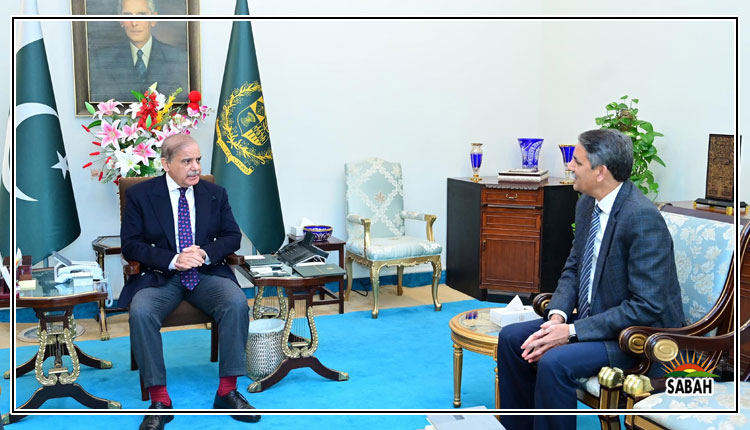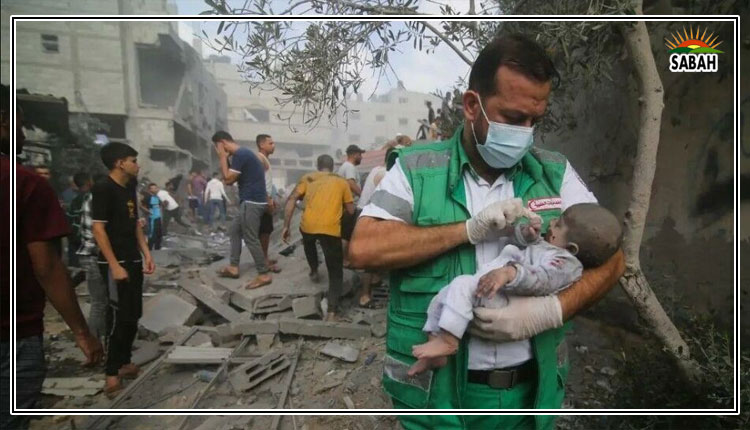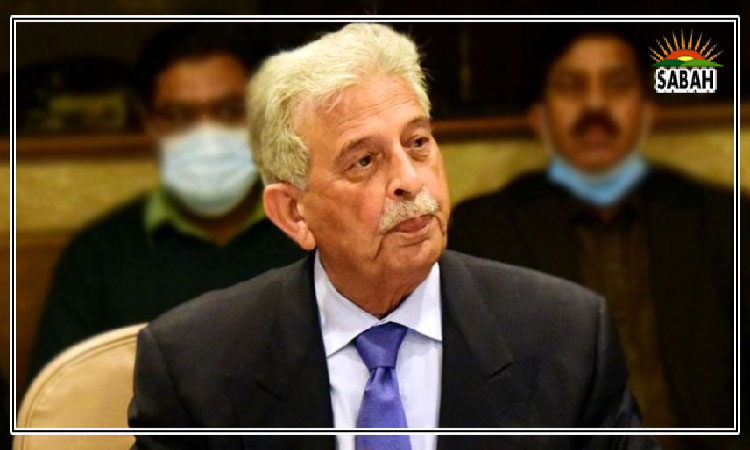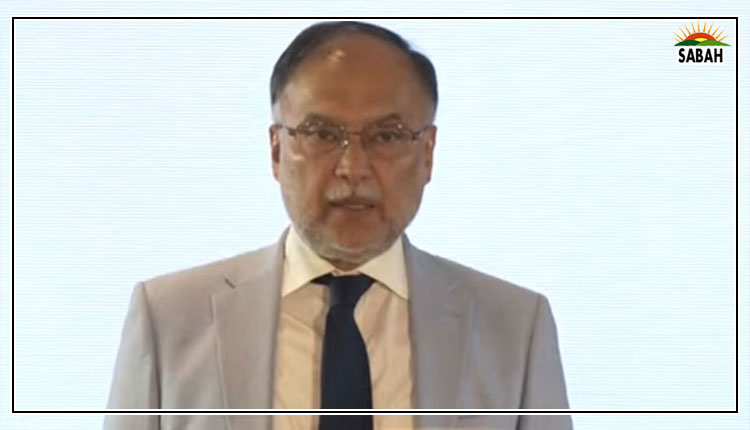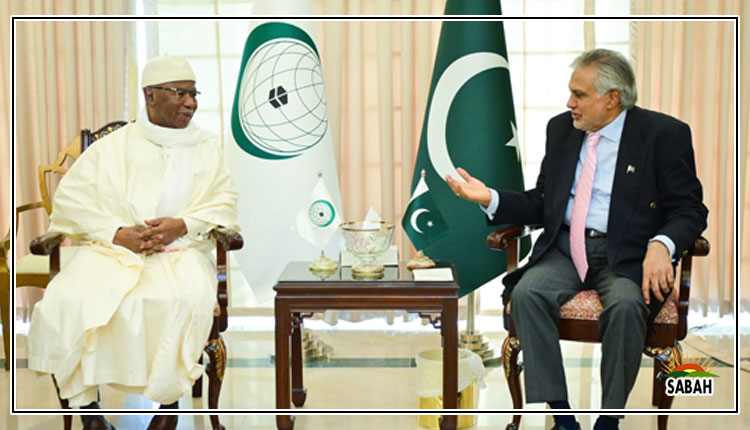Nutrition emergency…Samia Liaquat Ali Khan
THE first quarter of 2023 has been challenging for Pakistan and it looks like the next will be equally difficult. Soaring inflation, a balance-of-payments crisis, crop losses from the 2022 floods are pushing more and more families below the poverty line.
Pakistan has always been a country with a high level of food insecurity according to the 2018 National Nutrition Survey (NNS), nearly 37 per cent of households are food insecure in the country, with Balochistan and KPs newly merged districts even worse (50.3pc and 54.6pc respectively). Official inflation figures stand around 31pc, but according to economist Steve Hanke, a leading authority on hyper-inflation, this figure is nearer 65pc.
In real terms this means many households will have to forego necessities and make painful choices imagine making a choice between sending your children to school or giving them a proper meal. I saw two young ragpickers recently running to a mosque where food was being distributed. But they were too late and were turned back empty handed. The boys were already painfully thin and their experience of food scarcity and hunger will have increased in the current scenario. Hunger, malnutrition, food insecurity these are betrayals of the promise that we as a polity must be able to address.
The Global Hunger Index 2022 ranks Pakistan 99th out of 121 countries, indicating a serious level of hunger in the country. The World Food Programme recently stated that 14.6 million Pakistanis required emergency food assistance with 7m children requiring emergency nutrition services. More than 40pc of under-fives suffer from stunted growth and 29pc are underweight according to the NNS, and this figure has remained hovering around the same level for the past 30 years and more.
There have been a multitude of government and globally supported strategies and programmes targeting improved nutritional outcomes. Pakistan boasts a Multi-Sectoral Nutrition Strategy 2018-2025. There is a Pakistan Maternal Nutrition Strategy 2022-2027. Currently, there is a Benazir Nashounuma Programme underway, which aims to address stunting among pregnant and lactating women and their children less than two years of age through dietary supplements. While this is a good intervention, according to WFP, there was a 53pc increase in new malnutrition cases between July 2022 and January 2023 among children enrolled in this programme.
We have enough evidence on the best ways to improve nutritional outcomes, well circulated across government actors and other stakeholders. Programmes usually focus on two kinds of interventions: nutrition-specific interventions are delivered through the health system such as micro-nutrient supplementation, energy and protein supplementation, and food fortification. Nutrition-sensitive interventions target the broader ecosystem food security, maternal and child health, education, family planning, access to clean water, improved sanitation and hygiene.
Bangladesh has made significant progress in reducing the proportion of children under five who are stunted, from 55pc in 1997 to 36pc in 2014. This is due to improved food security and dietary diversity, improvements in maternal and reproductive health, improved water and sanitation, and food fortification programmes. The governments focus on education and womens empowerment indirectly supported these improvements. Bangladesh is fortifying rice and wheat to ensure essential micronutrients for the entire population.
As we mull over our future, we need to realise that the threat of hunger is fast becoming a reality for millions of our fellow citizens. The government needs to take action now. Immediate solutions need to be coupled with longer-term policy reforms. Wheat and edible oils fortification provides a population-wide approach to addressing the nutrition crisis. Punjab is the only province that has not legally mandated wheat fortification, yet most of the flour mills are based in Punjab. Moving towards fortified wheat can be a critical contributor towards preventing the nutrition crisis from worsening. The delivery of emergency cash transfers to manage against the threat of hunger for vulnerable households is another quick fix.
Longer-term strategies can provide the biggest payout on the nutrition front: fixing nutrition-sensitive sectors such as education; maternal and reproductive health; ending open defecation and improving WASH (water, sanitation and hygiene); and creating opportunities for dietary and income diversification through improved agriculture policies that move beyond cash crops and support value addition in horticulture and other rural produce.
The writer has over 25 years of experience in inclusive programmes for women, public health and prosperity. She is currently associated with an Islamabad-based think tank.
Courtesy Dawn



